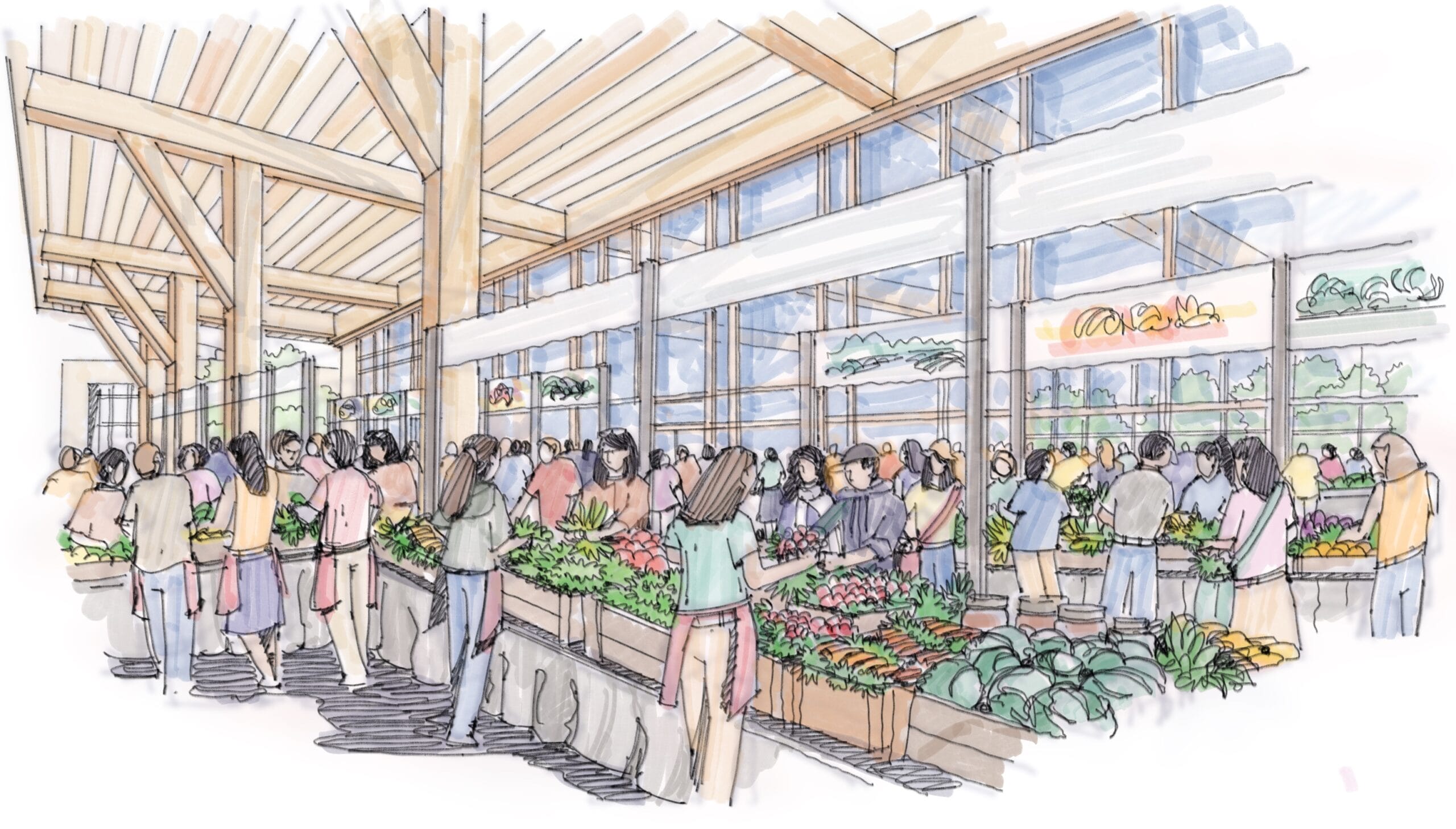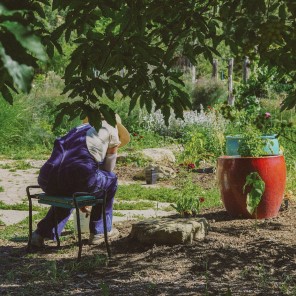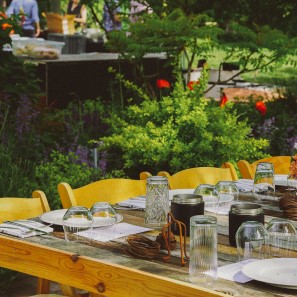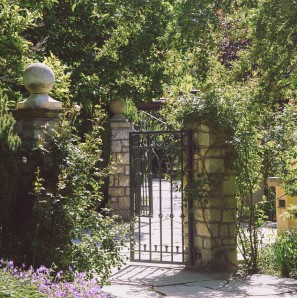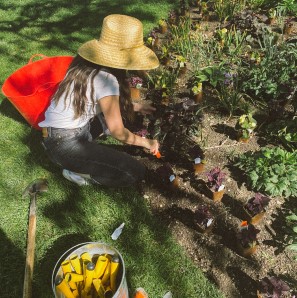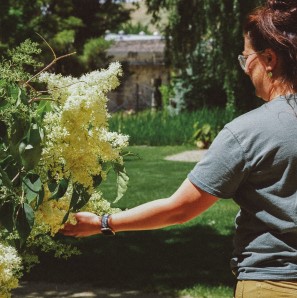Planning Your Treasure Valley Vegetable Garden: Tips, Timing, and Giving Back
Boise’s long sunny days, fertile soils, and dynamic growing season make the Treasure Valley a fantastic place to grow your own food. Whether you’re a new gardener or looking to level-up your veggie game, planting a vegetable garden here takes a bit of planning—and a lot of heart. At the Garden, we see vegetable gardening as more than just a hobby—it’s a community-building, sustainability-rooted practice with the power to nourish bodies and minds alike. Step 1: Know Your Climate and Zone The Treasure Valley falls in USDA Hardiness Zones 6b–7a, with a growing season that typically runs from mid-April to mid-October. Late spring frosts can still surprise us, so be sure to check historical frost dates and watch weather trends. Starting seeds indoors or choosing cold-hardy crops like kale, peas, and spinach can give you a head start. Step 2: Choose the Right Location Vegetables are sun-lovers. Aim for a…

